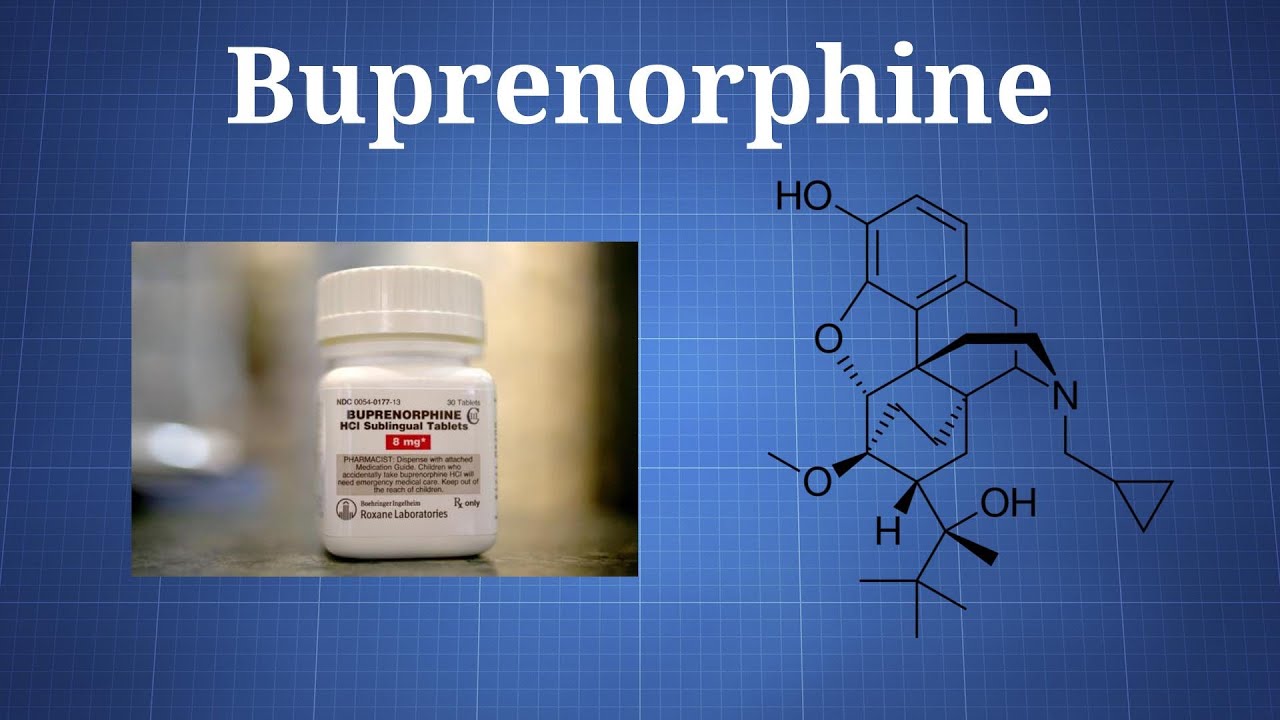Introduction
Opioid addiction has long plagued societies across the world and remains a serious public health challenge. While opioid maintenance therapies like methadone have helped many, there remains a need for effective alternative treatment options. One such option that has gained prominence in recent decades is buprenorphine.
What is Buprenorphine?
Buprenorphine is a partial opioid agonist that binds to opioid receptors in the brain. It was first developed in the 1960s for use as an analgesic. However, research in the 1970s found that buprenorphine could help reduce cravings and withdrawal symptoms in patients addicted to opioids like heroin.
Buprenorphine has a ceiling effect which means it produces opioid effects only up to a certain level, even at increasing doses. This makes it a safer option than full opioid agonists like methadone which can cause respiratory depression at high doses. It has a milder effect on opioid receptors compared to heroin or other prescription opioids.
Mechanism of Action
Buprenorphine works by occupying the mu-opioid receptors in the brain where opioids like heroin or prescription painkillers normally act. As a partial agonist, it produces opioid effects but to a lesser extent than a full agonist. This satisfies the opioid craving and reduces withdrawal symptoms without producing the intense euphoria caused by other opioids.
Studies have shown buprenorphine also modulates dopamine and serotonin neurotransmission which may help improve mood. By occupying the mu-opioid receptors, it blocks the effects of other opioid drugs, reducing the reward and relapse potential. The long-lasting receptor binding also allows for less frequent dosing than methadone treatment.
Efficacy as an Opioid Addiction Treatment
Several clinical studies over decades have established buprenorphine as an effective medication for the treatment of opioid use disorder. It has been shown to help retain patients in treatment programs and reduce illicit opioid use more effectively than placebo treatment or no medication assisted treatment.
A 2014 Cochrane review analyzed 33 randomized controlled trials involving over 6,000 participants. The review found buprenorphine treatment more than doubled a patient’s chance of remaining in treatment and abstaining from illicit opioid use compared to placebo treatment without medication. Studies have also shown reduced risk of HIV or hepatitis C transmission due to decreased injection drug use with buprenorphine treatment.
Proper Dosing and Supervision Required
While safe and effective for most patients, buprenorphine treatment requires careful medical supervision and adherence to prescribed dosing protocols. Improper dosing can decrease treatment effectiveness and may even precipitate withdrawal in patients transitioning from other opioids.
Buprenorphine is typically prescribed in films or tablets placed under the tongue or inner cheek for absorption. When starting or adjusting doses, patients are monitored to prevent over- or under-dosing. Take-home buprenorphine doses are progressively increased based on treatment response and functional stability. Urine drug screens check for compliance and relapse.
Potential Side Effects and Risks
Common initial side effects reported by some patients include headache, nausea, vomiting and constipation. These usually subside within a week or two as tolerance develops. There is also a risk of precipitated withdrawal if a patient takes buprenorphine too soon after the last opioid use. However, buprenorphine’s safety profile compares favorably to methadone.
As a partial opioid agonist, abrupt discontinuation can cause mild withdrawal symptoms in some. A gradual taper is therefore recommended for safer discontinuation when medically appropriate. Concurrent use with other central nervous depressants like benzodiazepines or alcohol increases overdose risk and is generally not advised. Overall, with proper medical oversight, serious adverse effects from buprenorphine are rare.
-Expanding Access to Treatment
For years, limitations on prescribing qualification restricted access to office-based buprenorphine treatment. However, changes made by laws like the Drug Addiction Treatment Act of 2000 and more recently the Comprehensive Addiction and Recovery Act have expanded eligibility. Qualified physicians can now treat up to 275 patients with certain additional training beyond traditional residencies. Some states have implemented medication access programs to facilitate entry into treatment. Remote prescription by telehealth consultations during COVID-19 also helped retain patients and expand reach.
-Buprenorphine – A Valuable Option for Treatment
Research strongly validates buprenorphine as an effective medication for long-term treatment of opioid use disorder. It offers an option that is safer and better tolerated than methadone, with the potential for private practice-based treatment. With careful medical oversight and adherence to prescribed protocols, buprenorphine can help stabilize countless lives by blocking drug cravings while supporting functional recovery. Ongoing policy and funding support for evidence-based buprenorphine programs will continue to broaden accessibility and mitigate the impacts of the ongoing opioid crisis.
*Note:
1. Source: Coherent Market Insights, Public sources, Desk research
2. We have leveraged AI tools to mine information and compile it

